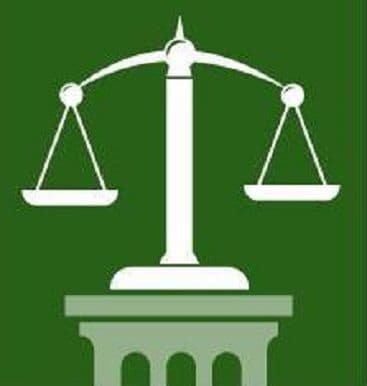A man found a lump on his right ankle causing him minor discomfort. He went to his doctor, who tentatively diagnosed the lump as a benign ganglion cyst, ordered an x-ray of the ankle to ensure no structural defects, referred the man to an orthopedic specialist, and instructed him to follow-up as necessary.
The man had a seizure 13 months later. He died a few years after. The lump had in fact been malignant, which lead to the seizure and death.
His estate sued the doctor for medical malpractice and lost at trial. The estate appealed, arguing that trial judge should not have given the “exercise of judgment” instruction.
The Washington “exercise of judgment” instruction reads:
A physician is not liable for selecting one of two or more alternative diagnoses, if, in arriving at a diagnosis a physician exercised reasonable care and skill within the standard of care the physician was obligated to follow.
The “exercise of judgment” instruction stipulates that a physician who exercises reasonable care is “not liable for selecting one of two or more alternative diagnoses.” The estate argued that the doctor made one diagnosis – benign ganglion cyst – and did not in fact select between “one of two or more alternative diagnoses.”
The doctor testified he did consider malignancy in reaching his diagnosis. His expert witnesses testified the doctor faced a choice between at least two differential medical diagnoses – either the lump was benign, which was very likely, or malignant, which was very unlikely. And, the doctor’s expert witnesses testified that the doctor exercised reasonable care and skill within the standard of care because he examined the lump, considered its history, ordered an x-ray of the ankle to ensure no structural defects, referred the patient to an orthopedic specialist, and instructed him to follow-up as necessary.
The Court of Appeals upheld the trial court’s decision to give the “exercise of judgment” instruction.[1]

By personal injury attorney Travis Eller
